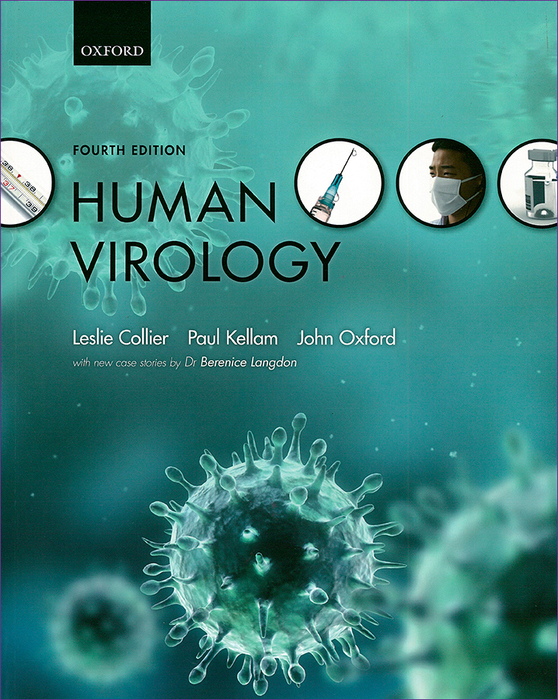內容簡介
Carefully tailored in terms of breadth and depth to the needs of medicine and biomedicine students: covers all the essential concepts without extraneous details;
• Short, focused chapters and clear, uncluttered design make the book easy to navigate and extract information from;
• Custom-drawn figures and photomicrographs complement the text, helping the reader to grasp key concepts;
• An Online Resource Centre features additional teaching and learning materials
作者簡介
Leslie Collier, Emeritus Professor of Virology, University of London., John Oxford, Professor of Virology, St Bartholomew's and the Royal London Hospital School of Medicine and Dentistry., and Paul Kellam, Virus Genomics Team Leader, Sanger Institute, Cambridge
目次
Part 1 General Principlpes
1: Virology: How it all began
2: General properties of viruses
3: Viral replication and genetics
4: How viruses cause disease
5: Resistance of the human body to virus infections
6: Viruses and cancer in humans
7: Viruses and the community
Part 2 Special Infections
8: Upper respiratory tract and eye infections due to adenoviruses, coronaviruses (including SARS CoV), and rhinoviruses
9: Infections caused by paramyxoviruses: measles, RSV, mumps, parainfluenza, meta-pneumoviras and the henipaviruses
10: Orthomyxoviruses and influenza
11: Gastroenteritis viruses
12: Rubella: postnatal infections
13: Parvoviruses
14: Poxviruses
15: Papilloma - and polyomavirus
16: Poliomyelitis and other picornavirus infections
17: The herpesviruses: general properties
18: The alphaherpesviruses: herpes simplex and varicella-zoster
19: The betaherpesviruses: cytomegalovirus and human herpesviruses 6 and 7
20: The gammaherpesviruses: Epstein-Barr virus and Kaposi's sarcoma-assocociated herpesvirus
21: Introduction to the hepatitis viruses
22: The blood-borne hepatitis viruses B and D
23: The blood-borne hepatitis C
24: The enteric hepatitis viruses A and E
25: Retroviruses and HIV
26: Lyssavirus and rabies
27: Arthropod-borne viruses
28: Exotic and dangerous infections: filoviruses and arenaviruses
29: Prions and the spongiform encephalopathies
Part 3 Special Syndromes
30: Viral diseases of the central nervous system
31: Intrauterine and perinatal infections
32: Viral infections in patients with defective immunity
33: Respiratory Infections
34: Sexually transmitted viral infections
35: Resurgent and emergent viral infections
Part 4 Practical Aspects
36: The laboratory diagnosis of viral infections
37: Control of viral diseases by immunization
38: Antiviral chemotherapy
Appendices
A Safety precautions: codes of practice, disenfection, and sterilization
B Viral infections notifiable in the UK
C Suggestions for futher reading
Index

